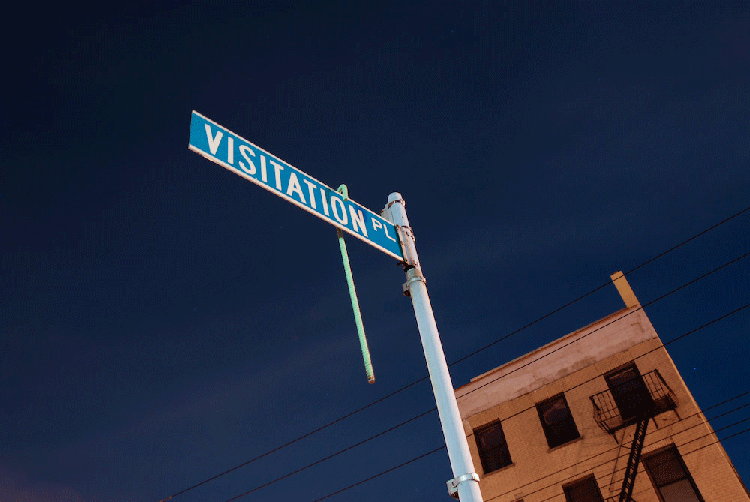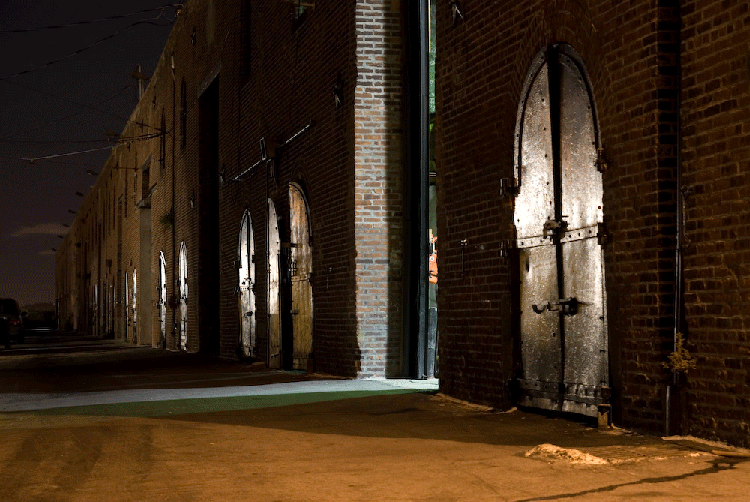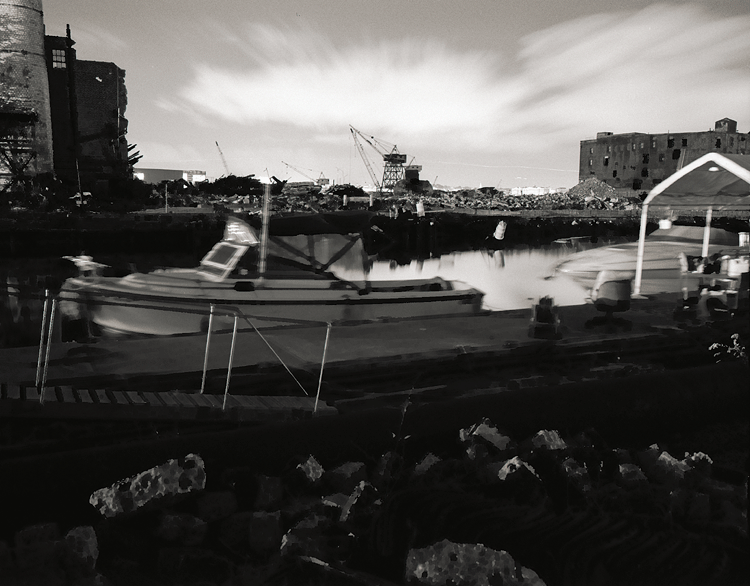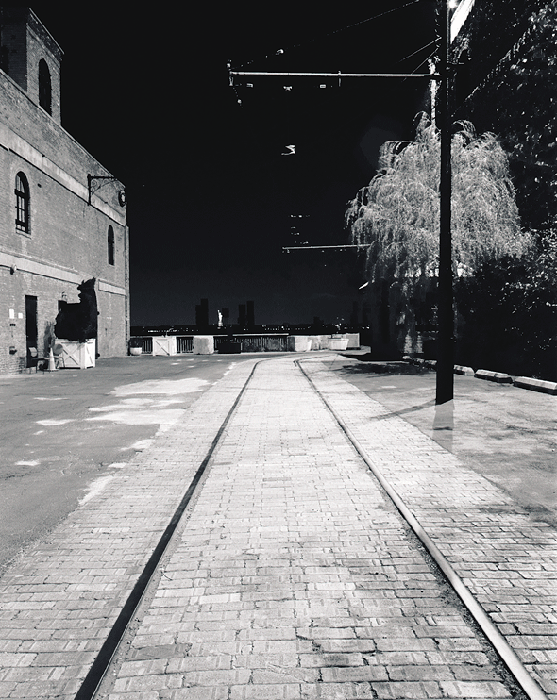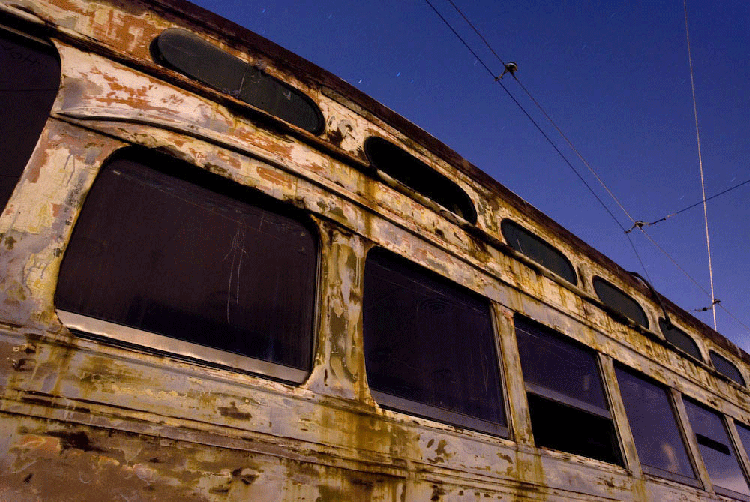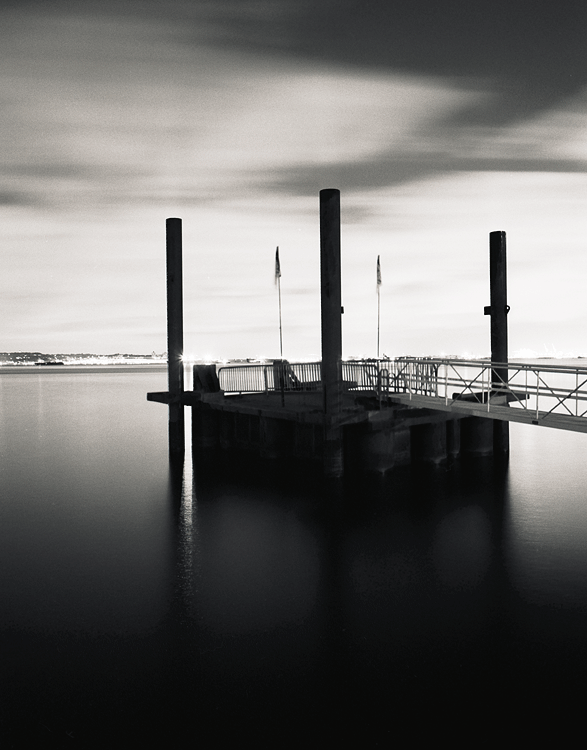On a recent trip to San Francisco, I got together with a bunch of Nocturnal guys and celebrated the Full Moon with a night shoot at the Sutro Bath ruins at Ocean Beach. I have to say that it was the warmest night I have ever spent on that beach. The moon was shining bright, the tide was pulling in, and the continual crashing of the waves brought a truly spiritual feeling to the evening.
Even though I was with 4 other guys, we all spread out and searched for our shots. I always have considered myself a solo shooter but I have really enjoyed being out with like-minded souls lately.
When you leave your camera open on a tripod for 3-15 minutes at a time, it’s comforting to have some friends with you. You’ll also be surprised with the type of conversations that arise in the wee hours of a long photoshoot. This got me thinking about the most common question a photographer is asked in life: What type of photography do you do?
Frequent pigeonholing answers for me have been – fine art photography, pinhole photography, travel photography, and night photography. But in reality, like a method actor, I enjoy the process of photography. The film, the developing, the darkroom, the lightroom, the time, and all the magic that comes from creating an image.
Good friend, and fellow pinhole photographer, Tom Persinger, recently debated TOP’s Mike Johnston over the importance of capturing the moment or moments. When most people pick up a camera and press the shutter, they try to capture a moment in time.
We all love that. It’s difficult though, your child doesn’t smile, or the moment is fleeting and gone by the time you raise the camera to your eye and trying to recreate it is, well, contrived. Without us realizing it, when we press the shutter, we are dealing with fractions of seconds and how do you click on the right one?
Henri Cartier-Bresson proved there was a fine art to capturing the decisive moment and became famous capturing 1/60th of a second his whole life. He was a very prolific photographer but when you think of the moments he captured during the 45 years of shooting at 1/60 of a second it probably amounted to 15 minutes! Geesh, I can do that easily in one or two exposures! When you take pinhole or night photographs, you are no longer dealing with fractions of seconds but often minutes and hours of time.
Tom Persinger says: The artifacts of motion revealed by extended exposures show the world as fundamentally impermanent and constantly changing.
He refers to this as a continuity of moments. For example, an airplane can fly through the sky and you will have the lights permanently recorded as a light trail in your shot. Instead of capturing the moment, you are seizing time itself! Why are there star trails in night shots? Well the earth is moving constantly and when you take a picture including the sky for over 8 minutes on a clear night, you’ve captured the earth revolving! Pretty cool, eh?
So I guess that makes me a photographer of time. And instead of seizing the moment, let’s seize the moments and capture the essence of the subject matter!
Stay tuned for a little history of the Sutro Baths and the rest of the group’s shots from that night.

